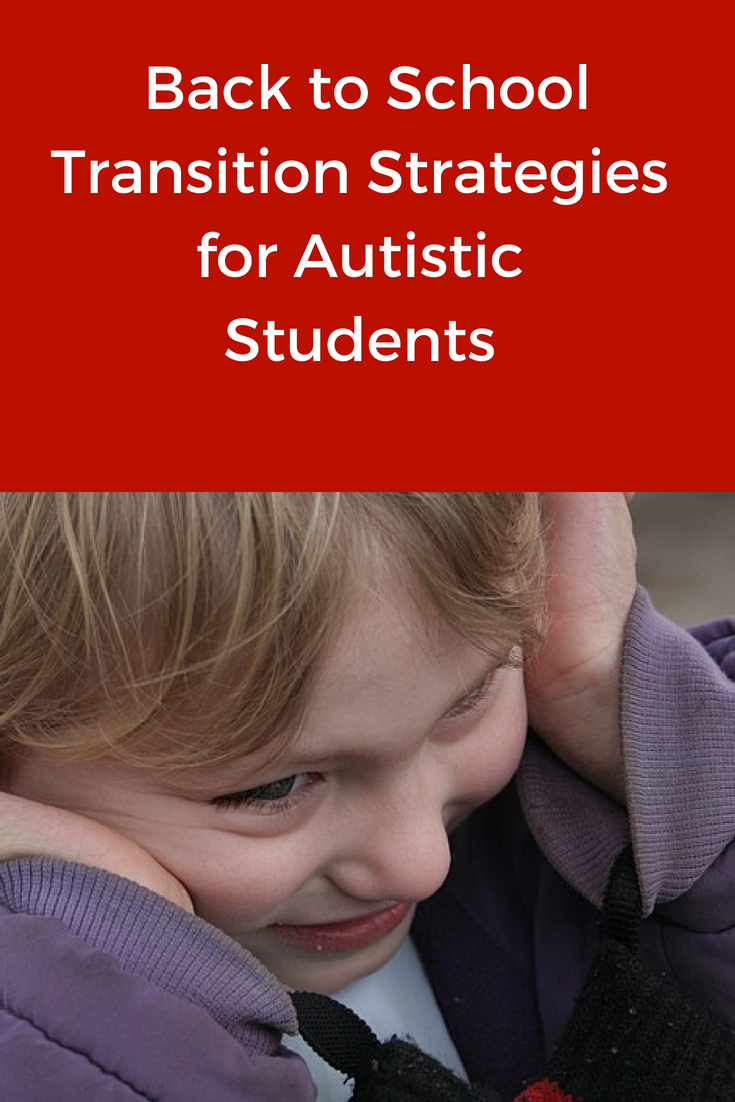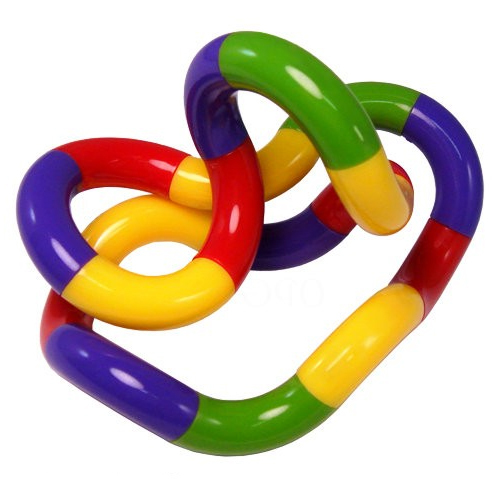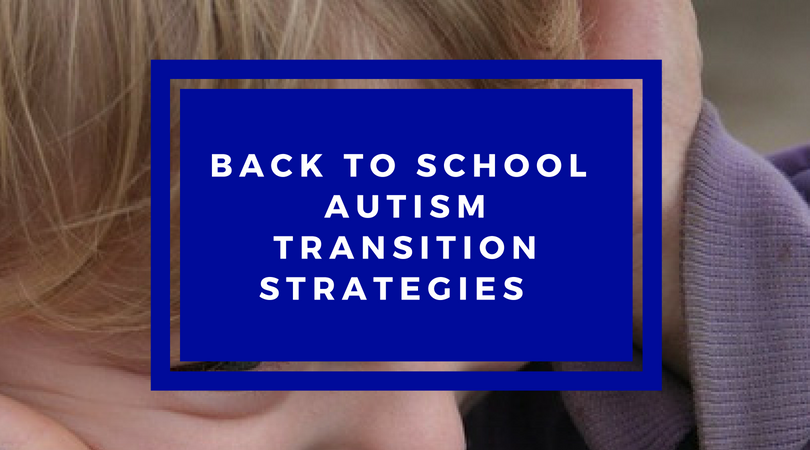Back to School Autism Transition Strategies
Help!!! If you have an autistic child or autistic student this may be your major thought at so many moments. More than likely you have said it several times to other people and are constantly searching for advice. The need for help more than likely gets greater during this time of year and you need back to school transition strategies.
Maybe, this is the first time that your child is going to be going to school, or the first time transitioning to a mainstream classroom. As a teacher maybe this is the first time that you have ever had to work with an autistic student, and you have never even known anyone with autism. Maybe, you are a veteran in this realm, but that doesn’t mean that the transition back to school for you or your child is any easier.

* This post contains affiliate links for full disclosure go here
What is Autism?
Autism or Autism Spectrum Disorder is a mental disorder that affects communication and social skills. It is a sensory disorder and many autistic individuals struggle with processing all the sensory information around them.
The main thing to remember about autism is that it is a spectrum disorder. You have individuals with autism that are barely able to function and you have others that are incredibly high functioning and you have everything in between those two extremes.
With that, all autistic individuals may need something different. Just because you have worked with or know autistic students doesn’t mean that your child or student will be the same. I have three autistic students all of them are completely different. My boyfriend is autistic he is also very different. All of them learn in different ways, have different interests, coping methods etc. That being said there are transition strategies that can be helpful to remember for all autistic students.
Autism Transition Strategy #1: Get an Evaluation
First off, you need to ask for an evaluation for your student. This will help determine if they need an IEP or a 504 plan. I will go a little more into an IEP here.
An IEP is an Individualized Education Program. It is available for students who have one or more of 13 disabilities/disorders. Autism is one of the disorders that qualify. An IEP creates a plan of accommodation for students, sets learning goals for them, lays out if/how they will participate in general education classes, and makes sure that services will be provided to parents at no cost. Not all students with autism will need an IEP but for many it can be incredibly helpful. If it is determined that your child doesn’t need an IEP that is good, but you should at least get your child evaluated because in the long run it can help them.
An IEP is not a guarantee that your kid will be in special education it will be evaluated as to whether they need that or not. If the experts who put it together do suggest special education that does not mean that they will not be able to participate in general programs in the future. An IEP is reevaluated every year and it may be determined in these reevaluations that a student no longer needs an IEP.
The process for getting one can be a long process. The parent has to give the school approval to determine if the student needs one and if they do to put it together. After the parents give approval the process takes about 60 days.
Why your student might need an IEP
An IEP is useful because it helps your student now and in the long run. It gets them extra test time if they need it. It gives them special testing circumstances, which more than likely they will need. It also makes it so they can not be discriminated against when it comes to assistance and helps them get the assistance that they need. Teachers if a student doesn’t have an IEP and you know they could benefit from one push for it.
I know many parents who don’t want to get an IEP because of the stigma that might come with it that their child is not smart or is not normal. They may think that it will keep their child from having the same opportunities as others, or they don’t believe their child should be in a special class.
In response to this, I have to say the stigma is going to be there more than likely and ignoring it doesn’t help. Also, schools and teachers have a system to keep things confidential. The other students and families should not know that your child has an IEP. Second, they will have more opportunities to shine with an IEP than without one. Lastly, an IEP does not mean that your child will be placed in a special education class and if they are at first they may be able to transition later when they are ready.
Overall, the process may seem daunting and special education laws can be complicated but that shouldn’t stop you from getting assistance that your child may need. For more information about the whole process visit understand.org
Autism Transition Strategy #2 Learn Coping Methods

Most students with autism have some form of a coping method. For younger students, they may still be struggling to find one fully or are still working on coming up with a method to calm them down. Knowing their coping methods will help so much. Parents, trying to find or teach coping methods will be helpful to your child in the long run.
Most of these coping methods will be a form of stimming. For those of you who don’t know what stimming is, it is repetitive behaviors used to self-stimulate. It may including rocking, flapping, tapping, bouncing etc. Most autistic individuals use some form of stimming as a coping method.
Some forms of stimming are more disruptive than others like failing one’s arms or rolling all over the ground. However, the smaller less disruptive forms can keep your autism students calm without distracting others.
Some of the less disruptive calming methods that I have seen in my autistic students are bouncing off legs, rubbing their thumb over their pointer finger, playing with fidget toys, squeezing a stress ball to the side of them. If you want get some fidget toys that are not spinners for your class.
If you know your students coping methods you can remind them when they get a little anxious and if they are able to employ their coping skills they may not have a full breakdown.
Autism Transition Strategy #3 Learn the Signs of Anxiety
As important, as knowing coping methods are you also need to know the signs of anxiety in your child or students. One of my students has a very clear thing that he does when he is anxious. He squeezes his fingers together with his thumb to his pinky and the rest of the fingers get really stiff. He usually proceeds to tense his body and if he takes his hands to his face it only gets way worse from there. If I can get him to release his hands though when I see it just in his hands he usually can calm down and can continue.
Another, sign of anxiety is simply saying, “I don’t know” or “This is too hard.” This sometimes may be the case, but I have seen this phrase said by every one of my autistic students when they were doing work for me that they had already done several times with no problem. So they do know and it isn’t hard because they have done it. This is a sign that they are anxious, they are overstimulated, they think that you are mad at them, or they don’t understand what the question wants at that moment. For them, this translates to, “I don’t know.”
As teachers and parents knowing the signs of anxiety can help you help your student before their anxiety gets completely out of control. It also helps you show them what it means to be anxious or how certain things can make them more anxious.
Want to Read More about Back to School Topics? Check these out
How to Make Back To School Organization Easy with Two Stations
The One Way to Help Your Child Succeed In School
Stop the “Reading is Boring” Excuse
Autism Transition Strategy #4 A Sensory Corner
A sensory corner would be a perfect thing to either incorporate in your classroom or your child’s bedroom. It helps autistic individuals get away from too much sensory stimulus but have enough to self-stimulate. Overall, it calms them down.
This more than likely needs to be a little bit of a darker area. You may have some soft calming lighting or glow in the dark stars. A sensory corner can be created with a tepee in the corner of your room or with a curtain hung on a rod between two cabinets. For lighting, I love the tranquil turtle because truthfully it is the cutest thing and it is the perfect addition to a classroom.

You should have some fidgets or sensory bottles in there. Possibly some type of sitting wedge. These are perfect for sitting and rocking a little to get the stimulus that autistic students need.
You can set clear rules on when the corner can be used etc. but this type of corner is incredibly helpful for autistic students.
For parents, it would be great to create something like this in your child’s room. It may be a place they go to transition from the school day into the rest of the day or even if their homework becomes too much for them they can go there to get the stimulus they need.
Autism Transition Strategy # 5 Create Routines
Autistic students like routine and one of the reasons that transitions are so hard for them is that there is some type of change in routine. Preparing them for a certain routine before they have to be doing that routine is helpful.
Parents this may mean establishing a morning routine for before school and an evening routine to even be ready for school the next day. Know that things may happen and things may change but autistic students like routine because to a point they understand it. It has rules for how things are supposed to work and they like that. Establishing a routine and sticking to it will make them feel much more at ease and will make the transition to school easier.
You can start establishing school routines before school even starts up again. Also, if your child is particularly bad a dealing with transition, you may have to find out if having an extended school year of summer school etc. is something that you can work into their IEP. For many students, you can apply for it and it may be helpful for your child.
Teachers, routines in your classroom are going to help you out on so many levels establishing them with your students will help them and you. So the overall routine is good for everyone.
Autism Transition Strategy # 6 Flexible Seating
So the rise of flexible seating for classrooms is a great movement for so many reasons, but did you know that flexible seating could be a godsend for your autistic students? There are aspects of flexible seating that will give autistic students the sensory stimulus that they need. Exercise balls, chair bands, and raised exercise boards are some of the best forms of flexible seating for autistic students.
For parents, you can create multiple places that your child can choose to do homework with some of these elements. One of my students has several seating areas in his house where he can choose to do work. One is at the dining room table. Another is at a small desk where his chair is an exercise ball. Then he has his classroom chair where he does his online schoolwork. He also has a rocking chair, which he sits in and rocks on breaks from class. All these different things can give him the stimulus that he needs to stay calm and focused.
Making the Transition Easier
Overall, a transition is hard, especially for Autistic children. These are some of the things that I have found helpful in working with autistic students, but like I said above all autistic students are different. Treat your autistic student or child as an individual and find out what works for them.
I hope these strategies help but they are not by any means a complete list. Do you have strategies that worked for you? I would love to hear what works for your autistic children and students comment below with your thoughts. Also, if you enjoyed this article remember to share it so that others can have this amazing information as well.




I have no experience with autism and found this article very insightful. It’s amazing how much thought you put into understanding your students so that you know how to respond to their specific behavior. You must be an amazing teacher, they are so blessed to have you! I pray that you have an amazing school year!
I’m glad that you found the article informative. I try my best to make sure my students have what they need to succeed. I hope to that parents and teachers get the support they need.
I as well work with Autistic students. The tips you gave are specific and would benefit any parents going through this difficult time. Learning ways to cope and signs of anxiety are key factors in being able to help your child not escalate and get more upset. Rachel from https://www.explorekidtalk.com/
Yes, coping methods and recognizing anxiety are some of the most important things. I would love to hear from your perspective though also what are some things that you do to help your students not escalate?